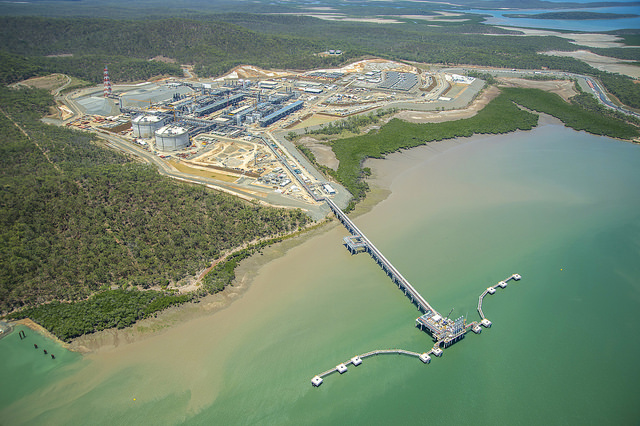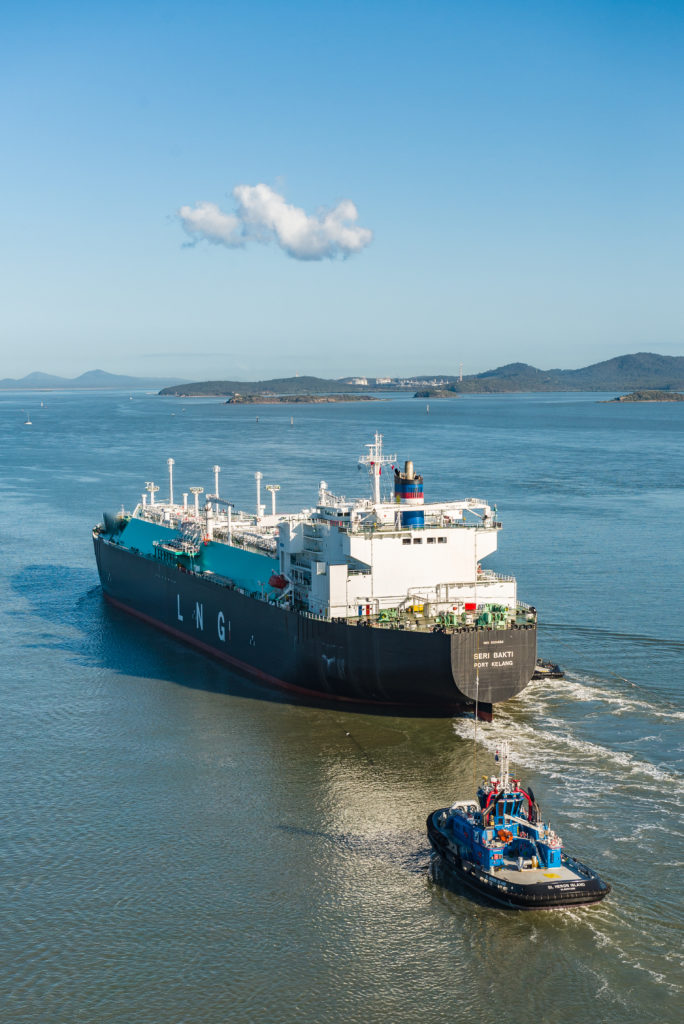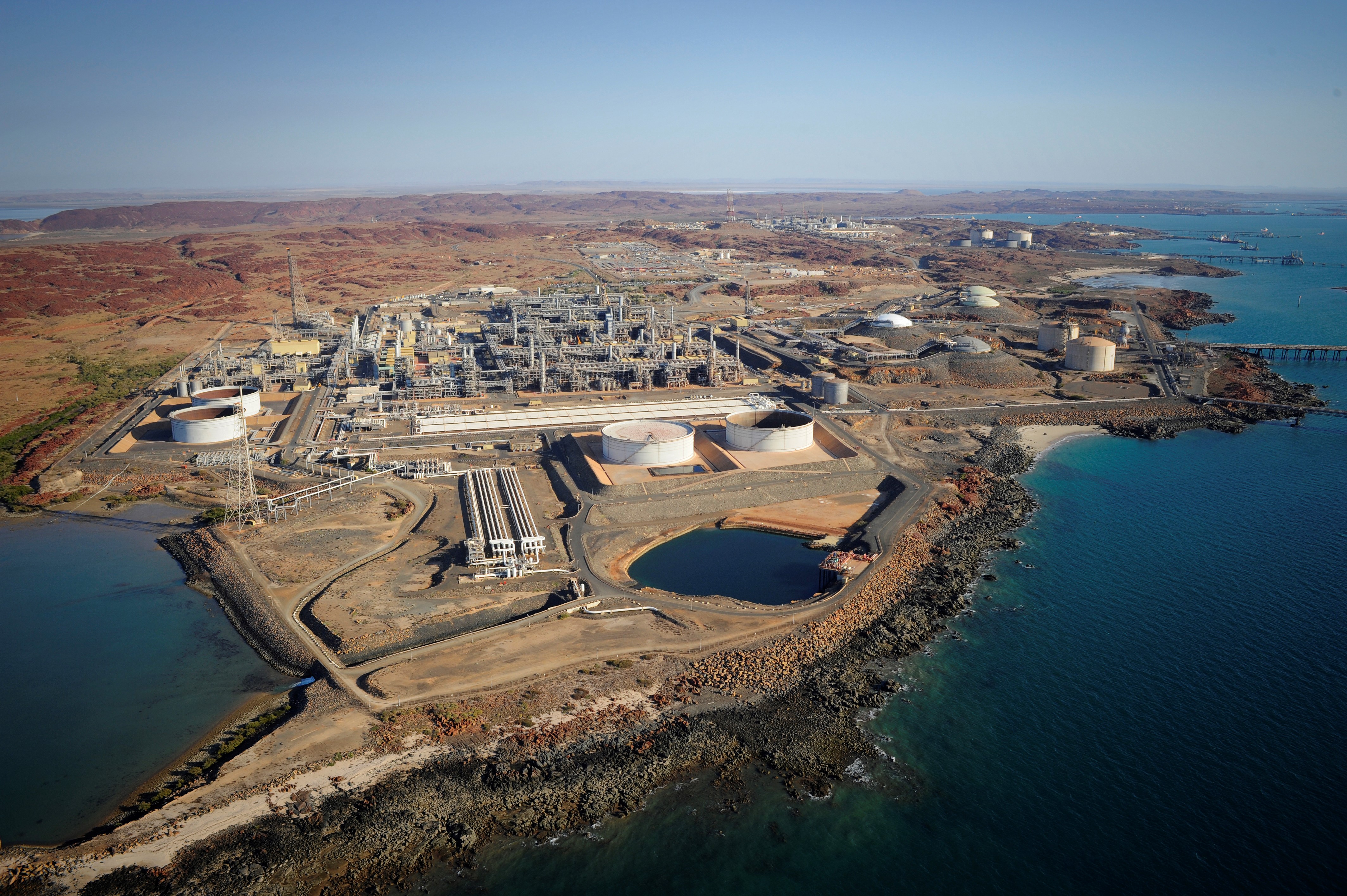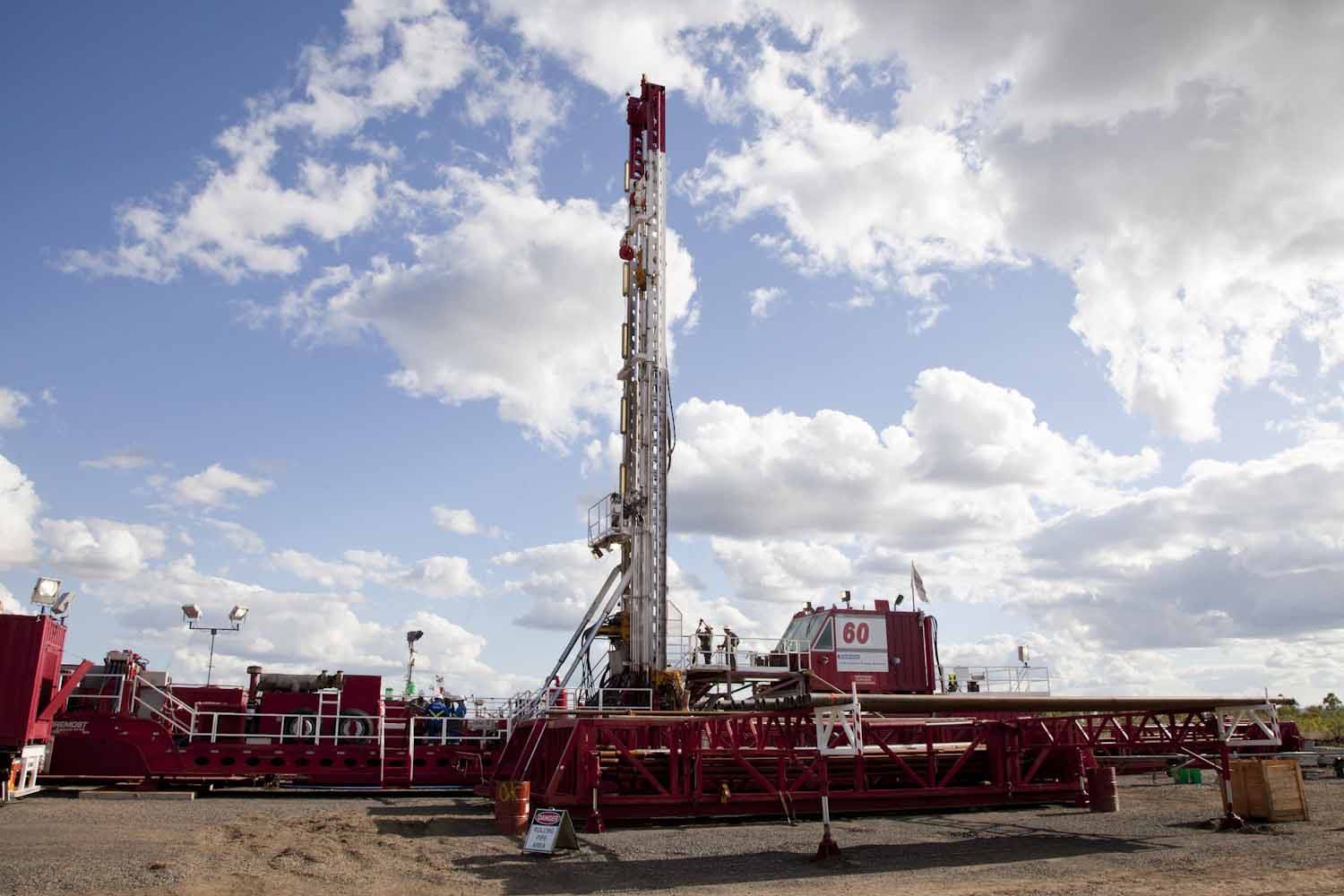The latest annual east coast report from independent energy consultancy EnergyQuest, East Coast Gas Outlook to 2040, Navigating the Storm, finds that the outlook for east coast gas production has improved over the last year in response to higher gas prices but remains challenged.
The new 305-page report is the leading energy consultancy’s annual in-depth analysis of the long-term outlook for the east coast gas market, compiled by a multidisciplinary team of experienced energy professionals: geologists, petroleum engineers and gas marketers. In particular, the report is a unique source of long-term production forecasts for every gas field in eastern Australia.
Improved production
“It is an industry adage that the best cure for high gas prices is high gas prices,” EnergyQuest CEO Dr Graeme Bethune said.

“Queensland is now projected to be self-sufficient in gas supply – even with the three LNG export projects at Gladstone – until around 2032, when the CSG fields begin to decline and limit LNG feedstock gas. This is two years later than in the 2021 report.
“The Gippsland and Otway basins offshore Victoria are also showing a much-improved production outlook, which has pushed back the need, at least on an annual volume basis, for LNG imports. Increased Victorian gas supply is forecast to offset the decline of the legacy basins (Gippsland, Cooper and Otway) until 2027.
Critical NSW supply from the still unsanctioned Narrabri gas field is delayed another year, but NSW LNG imports are now required in 2028 rather than 2025 due to better-than expected Victorian production.
LNG import terminal essential but threatened by price caps However, he warns that this is a temporary reprieve only. This year will most likely see the peak in east coast gas production. LNG imports are expected to supply half of the Southern Region (NSW, Victoria, Tasmania and South Australia) by 2034. At a US$65/bbl oil price, oil-indexed LNG imports would provide gas delivered to Sydney for around A$14.94/GJ and Melbourne for A$14.76/GJ. This is competitive against current gas prices, and imports will be necessary to supplement winter peaks and falling production.
However, the forecast price of imported LNG is significantly higher than the suggested domestic gas price cap of $10/GJ. Accordingly, any such cap is likely to prohibit development of LNG import facilities.
Otherwise have to break international contracts
In the absence of LNG import terminals, meeting projected 2034 domestic demand would mean diverting substantial volumes of contracted gas from the Gladstone LNG projects,
Chinese, Japanese, Korean and Malaysian LNG buyers would have to be willing to divert 195 PJ (equivalent to 3.5 million tonnes of LNG or 17% of Gladstone exports) of gas that they have already paid to develop for the LNG export terminals, into the domestic market, not something they are likely to be happy about and a move that would put Australia in the same league as Argentina in terms of higher sovereign risk. (Gladstone supplies 20% of China’s LNG.)
Risks to new supply
“Moreover, the fundamentals of supply, especially in the southern states, are not being addressed. Exploration is not adding to reserves. The need for imports into NSW remains high, even with potential production from Narrabri. Manufacturing is at highest risk in NSW.
“The level of exploration expenditure onshore has remained depressed since 2015, reducing the chances of new exploration discoveries to add to the east coast gas resource base,” Dr Bethune said. “However, a price cap could kill exploration and development altogether.”
The report’s comprehensive assessment of east coast and Northern Territory gas exploration potential finds that the Beetaloo Sub-basin in the NT has reinforced its position as the top-ranked play on the basis of recent appraisal results. However, the likely cost of developed gas is higher than $10/GJ.
Gas prices forecast to fall, albeit remain historically high
Dr. Bethune said that based on LNG netbacks and in the absence of price regulation, the company’s latest base-case gas price projection is for a 2030 gas price at the Wallumbilla hub in Queensland of $12.83/gigajoule (GJ) (real 2022$), lower than current spot prices ($19.08/GJ on 1 November) but still high historically. The Melbourne price is projected to be $15.74/GJ in 2030, below the current spot price ($23.74/GJ on 1 November) but a serious challenge for energy-intensive Victorian manufacturing. The Wallumbilla Hub benefits from being closer to the large CSG fields and Northern Territory gas.
“While superficially attractive, regulation via price caps could easily make the situation worse. Based on our comprehensive gas supply data base we estimate that introducing a $10/GJ cap could remove or delay the equivalent of more than one year’s east coast domestic supply (700 petajoules) in less than 8 years. It could not only kill LNG imports but also development of the Narrabri gas field in NSW and the Beetaloo field in the NT and inhibit the development of much of Arrow Energy’s acreage in Queensland.
Budgetary assistance superior to price regulation
“It is understandable that people and businesses are concerned about the spike in energy prices but it is obviously important to give careful consideration to the long-term effects of different assistance alternatives. Direct government budgetary assistance to those most at risk is likely to be less vulnerable to long-term unintended consequences than price regulation.
“Fundamentally there are two ways of taking the pressure off domestic gas prices, increasing supply and reducing demand. Price caps do the opposite, by increasing demand and reducing supply.,” Dr Bethune said.
Stopping gas development projects just increases prices
Commenting on current energy market developments, Dr. Bethune said high energy prices both internationally and on the east coast are due not only to the Ukraine war, but also botched decarbonisation, freak weather such as floods, and supply shortages due to COVID.
“By botched decarbonisation we mean the theory that shutting fossil fuel production will trigger the clean energy transition. However, unless cleaner energy such as firm renewables ramps up at the same rate as fossil fuels decline, the results are inflation, voter revolts and subsidisation of fossil fuels.”
“This is happening both internationally and on the east coast. Australia scored an own-goal when outages in east coast coal-fired power generation took up to 30% of the capacity of the largest fuel segment offline from April 2022, and electricity prices ran up to over $300/MWh. Renewables were unable to fill the gap, and gas-fired power generation which is normally around 5% of the generation market was ramped up to fill at least some of the shortfall. All this ended in tears, and the gas and electricity markets were suspended.
Widespread blackouts were avoided, but it was a clear lesson on the fragility and lack of resilience in the energy market as the massive changes needed to transition to a net zero carbon future are undertaken.





